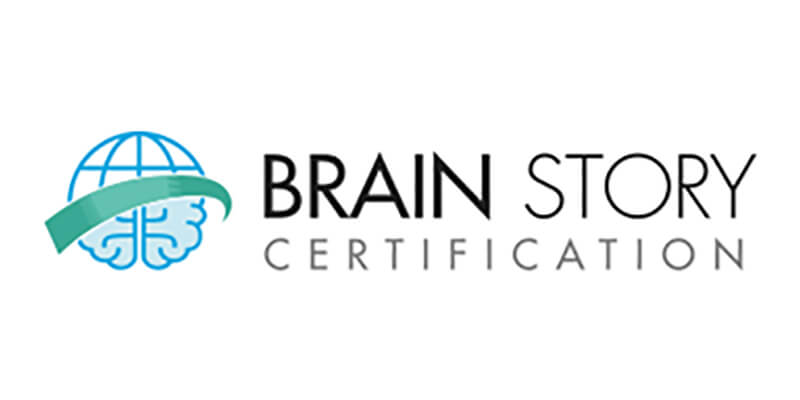Brain Story – Brain Architecture
In our first ‘Sharing the Science’ topic, we’ll focus on understanding brain development by comparing a house’s construction to the construction of children’s brains.

EARLY EXPERIENCES BUILD THE FOUNDATION
Like a house is built step-by-step – first laying the foundations, then creating the rooms and wiring the electrical system – our brains are built in a similar way. Just as the quality of the materials is important in building a house, the quality of experiences during childhood is important to building children’s brains.
After all, it’s during childhood that positive experiences build the foundations of brain architecture.

Like improving or rebuilding the architecture of a house – refurbishing rooms, strengthening foundations – the brain can also be improved and rebuilt following childhood trauma through an active process of maintenance and care from supportive, trusted adults.

Remember, brain architecture can be built throughout childhood, adolescence and even into adulthood (Shonkoff et al, 2008).

Get Brain Story certified!
The Brain Story Certification course is for anyone seeking a deeper understanding of brain development and its consequences for lifelong health. This self-paced online course is free and open to the public. The course is also designed for professionals seeking certification in a wide range of fields and includes 30 hours of instruction time.
References & Sources
- Center on the Developing Child (2013) Innovating in Early Head Start: Can Reducing Toxic Stress Improve Outcomes for Young Children? [Accessed 8/11/2019].
- Crowley, Kevin (2017) Child Development: a practical introduction. London: SAGE Publications Ltd.
- Diamond, A (2013) Executive Functions Annual Review of Psychology, 64: 135-168.
- Franke H.A (2014) Toxic Stress: Effects, Prevention and Treatment. Children, 1(3): 390–402.
- Kendall-Taylor, N and Stanley, K (2018) Seeing Context through Metaphor: Using Communications Research to Bring a Social Determinants Perspective to Public Thinking about Child Abuse and Neglect. International Journal of Environmental Research and Public Health, 15(1): 8-14.
- National Commission on Domestic and Sexual Violence and Multiple Disadvantage (2019) Breaking Down the Barriers (PDF). [s.l.]: National Commission on Domestic and Sexual Violence and Multiple Disadvantage.
- Siegel, D. J. and Bryson, T. P. (2012) The Whole-Brain Child 12 Revolutionary Strategies to Nurture Your Child’s Developing Mind, Survive Everyday Parenting Struggles, and Help Your Family Thrive. London: Robinson.
- Shonkoff, J.P. et al (2004) Young Children Develop in an Environment of Relationships. Cambridge: Center on the Developing Child, Harvard University.
- Shonkoff, J.P. et al (2008) The Timing and Quality of Early Experiences Combine to Shape Brain Architecture Working Paper 5. Cambridge: Center on the Developing Child, Harvard University.
- Shonkoff, J.P., Boyce, W.T. and McEwen, B.S. (2009) Neuroscience, molecular biology, and the childhood roots of health disparities: building a new framework for health promotion and disease prevention, Journal of the American Medical Association, 301 (21), 2252-2259.
- Shonkoff, J.P. et al (2011) Building the Brain’s “Air Traffic Control” System: How Early Experiences Shape the Development of Executive Function Working Paper 11. Cambridge: Center on the Developing Child, Harvard University.
- Shonkoff, J.P. et al (2014), Excessive Stress Disrupts the Architecture of the Developing Brain Working Paper 3. Cambridge: Center on the Developing Child, Harvard University.
- Shonkoff, J.P. et al (2015) Supportive Relationships and Active Skill-Building Strengthen the Foundations of Resilience Working Paper 13. Cambridge: Center on the Developing Child, Harvard University.
- Shonkoff, J.P. et al (2018) Understanding Motivation: Building the Brain Architecture That Supports Learning, Health, and Community Participation Working Paper 14. Cambridge: Center on the Developing Child, Harvard University.
